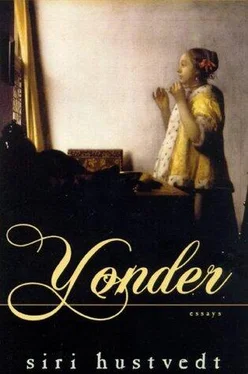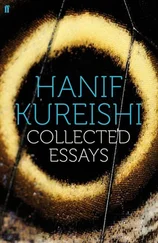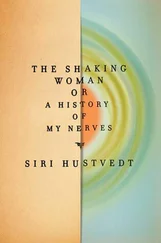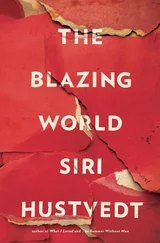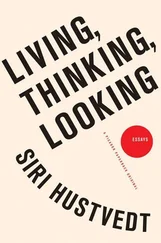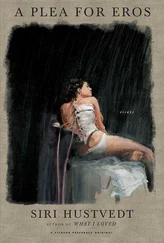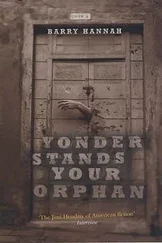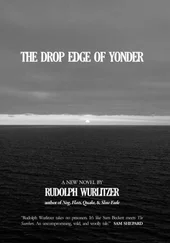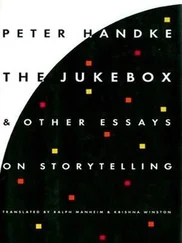The call or song began to sound in his ears again, and looking above, he saw the face of the little creature looking down out of a glory of her long bright radiant hair, and musically repeating to him, like a vision, Come up and be dead! Come up and be dead!
Like Betty Higden’s “deadness,” Jenny Wren’s call reverses the spatial scheme of dying in the novel, in which bodies disintegrate underground or sink into invisibility in the river. The strange song also reverses the emptiness of the chanted word sepulchre in Headstone’s classroom. Her repetition is a call for resurrection, a movement up to air and sky, with which Jenny identifies herself through her name Wren.
But Jenny Wren has named herself. Her real patronym is Cleaver, a word which, through its allusion to cutting, summons the countless metaphors for fragmentation that sweep through the novel. And Cleaver remains a haunting subtextual presence in Wren, because along with her rapturous visions, the doll’s dressmaker delights in sadistic fantasies, dreaming of the day when she can torture her imaginary future husband, whom she refers to only with the pronoun Him. She will pour burning liquid “down his throat … and blister it and choke him.” Cleaver is Jenny’s “T’Otherest”—the part of her that was born into a paternal vacuum and the part of her that is crippled. She cannot walk without a crutch. The difference between Headstone and Wren is not a difference between real sadism and fantasy (Jenny fulfills a torturous wish by putting pepper on the plasters she uses to bandage Fledgeby) but a difference between incomprehensible and meaningful signs, of replacing dry letters with meaningful ones. Indeed, when Headstone and Jenny meet, their encounter is figured through a sign. The schoolmaster lies, and one of Jenny’s creatures, Mrs. T. for Mrs. Truth, hides her head in shame. The letter T. in Mrs. T. marks the only time in the novel that a letter or initial is used to signify full meaning. Jenny, like her creator, is an artist, and in Our Mutual Friend, art is in the business not only of restoration but of reincarnation through narrative: the stuff of truth.
The secret of Jenny’s art is that it employs a common language. The children of her hallucinations resemble popular Victorian representations of angels, and the birds and flowers are taken from pastoral conventions. By transfiguring people from her life into the stock characters from fairy tales, she orders a chaotic world into a secure narrative scheme. Riah is her “fairy godmother” or “the Wolf,” depending on what she sees; Fledgeby is “the Fox” or “Little Eyes.” Her use of fairy tale is also a bid for idyllic repetition, a way to counter past losses. She asks Riah to “change Is into Was and Was into Is.” Her desire to tamper with time, to turn the present into the past and the past into the present, is part of the novel’s idyllic movement toward the time of folklore and fairy tale. “Once upon a time…” is no time, and it is in this unspecified time, with minor qualification, that Dickens chose to set his novel: “In these times of ours, though concerning the exact year there is no need to be precise.…” Jenny Wren asks her friend for the magic of narrative itself, which turns the written past into the present time of reading.
Many tales are alluded to in Our Mutual Friend, but none more often than “Little Red Riding Hood.” The name Riderhood collapses the story’s title into a single name through which the waterman becomes devouring wolf, a role that strikes at the very heart of the novel’s dread: a child is deceived, eaten up, and then freed by a passing huntsman, who cuts open the beast and frees the grandmother and the child from the wolf’s belly — an image that mimics birth. The perfect story about the fear of engulfment and disappearance, about the loss of identity in something boundless and monstrous, “Little Red Riding Hood” reenacts Harmon’s story of drowning and rebirth. The paternal cut of the huntsman’s knife restores boundaries, breaks inside from outside, and resurrects the heroine.
The story is a frightening one, but the form of the telling is itself a weapon against fear, and in this novel, the chief artist and storyteller is a little girl. Fairy tales, like Dickens’s own books, are stories about children; the youngest of three sons or three daughters — often the child who is thought to be stupid and has been sadly neglected at home — sets out on a journey. Many of Dickens’s children are real or emotional orphans, and the paths they take must eventually lead them home. But in Our Mutual Friend, home is not real. You cannot really go back, after all. Time has passed. Home is a fiction, an idyllic landscape of the mind — a language, not a place — through which otherness, chaos, and absence are tamed by stories that reinstate the true law.
And so, near the end of the book, we find Lizzie and Jenny quietly reading on the rooftop. Beyond the roof’s edge, smoke billows and dust flies, but the girls have made themselves a meager garden from a few “humble flowers and evergreens.” When Fledgeby arrives and tells them that “not much good” will come of such literary efforts, Jenny snaps back at him, “Depends upon the person.” This sensible retort answers the other, debased readers in the book. Neither the act of reading nor signs are in themselves evil. Double meanings, ideological rhetoric, nonsense, pathological repetitions, and cryptic codes make language dangerous, simply because these words cannot be understood. Jenny and Lizzie are readers, and their book lies at the heart of an idyllic garden of common words, as does Dickens’s own.
And we find Bella telling her father stories by the river. The place of disappearances is rehabilitated through her projections of the voyages she imagines upon it. In these stories, Bella mends her father. Her stories turn the weak, browbeaten, childlike “Pa,” known by innumerable names, among them “R.W.,” “Rumpty,” and “Cherub,” into a figure of respect and power:
Now, Pa in the character of owner of a lumbering square-sailed collier, was tacking away to New Castle, to fetch black diamonds to make his fortune with; now Pa was going to China in that handsome three masted-ship … to bring home silks and shawls without end for the decoration of the charming daughter. Now John Harmon’s disastrous fate was all a dream, and he had come home and found the lovely woman just the article for him … and they were going away on a trip in their gallant bark … [with] Pa established in the great cabin. Now John Harmon was consigned to his grave again, and a merchant of immense wealth (name unknown) had courted the lovely woman, and he was so enormously rich that everything you saw upon the river sailing belonged to him.
Like Scheherazade, Bella tells one story after another, a series of seductions that postpone ending. One voyage becomes another and another while the blank of the husband’s name remains unfilled. Bella’s temporary resurrection of John Harmon echoes Dickens’s own narrative play with Harmon’s life and death and with his name and namelessness. Only at the very end of the novel is the gap filled permanently with the name Harmon, the name that Bella will share. Even Jenny Wren’s HE, that pronominal blank associated with her negligent father, gains a proper name — Sloppy, and it is to Sloppy that she acknowledges Riah as her “second father,” substituting the protective and kind friend for the shattered infant father. Lizzie Hexam, whose love for Eugene is bound up with her love for her dead father, depicts her desire as an opening—“Only put me in that empty place, only try how little I mind myself, only prove what a world of things I will do and bear for you.” And Harmon says of Bella, “I will go into a blank life, leaving her.” Desire is that empty place that propels the story forward, that moves toward an ending in which absence is filled.
Читать дальше
